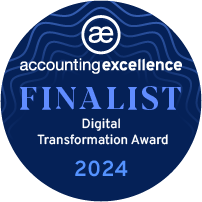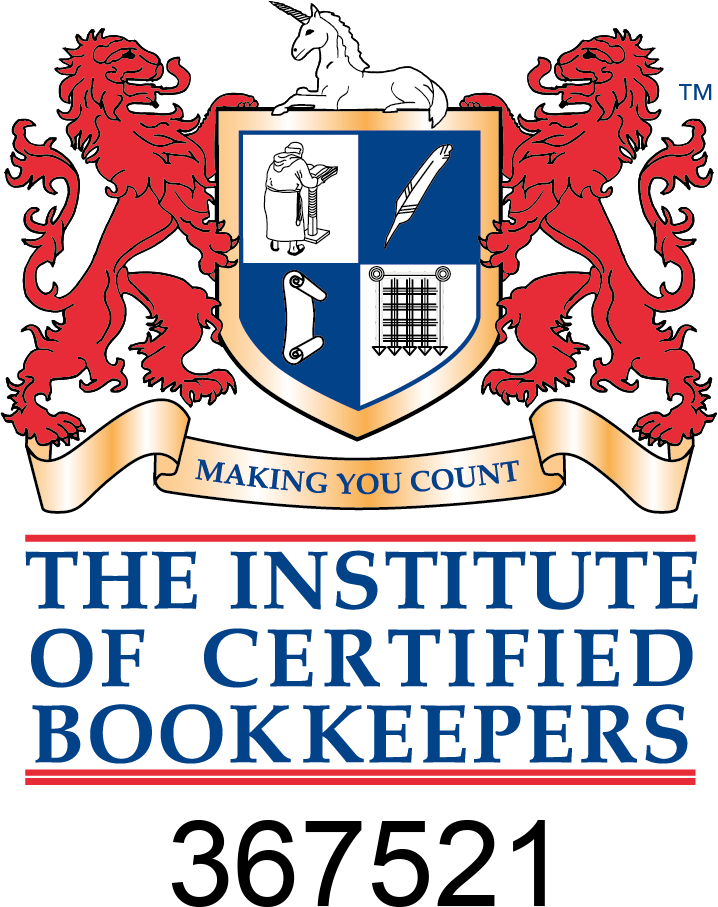Most types of business will qualify for EIS or SEIS.
To qualify, you must have a permanent establishment in the UK.
You must plan to spend your venture capital investment on qualifying trade.
Your company must be unlisted on the stock exchange, and must not be controlled by, or control, another company.
You may NOT qualify for EIS or SEIS if more than 20% of your trade includes:
- Property development
- Legal or financial services
- Leasing services
- Banking, insurance, debt or financing
- Generating or exporting electricity
- Gas or fuel production
- Running a hotel or nursing home.
For full details of qualifying types of trade, please check government guidance.
You’re only excluded if a substantial part of your trading activity covers any of these areas.






